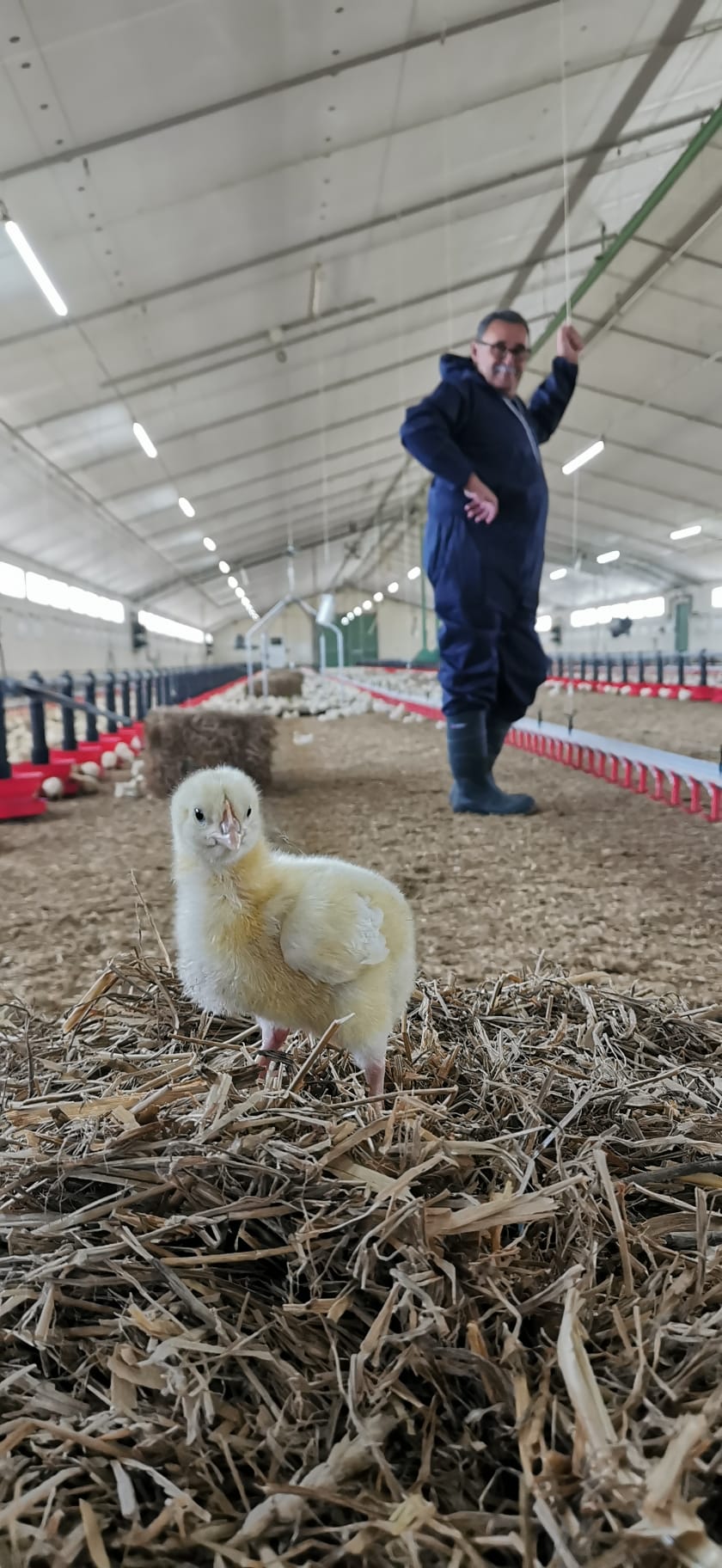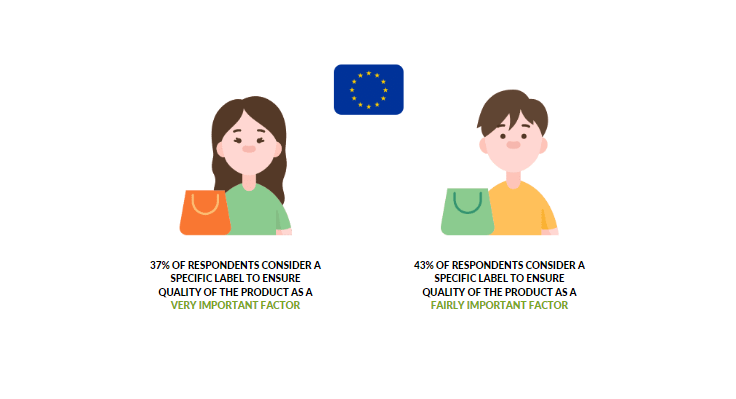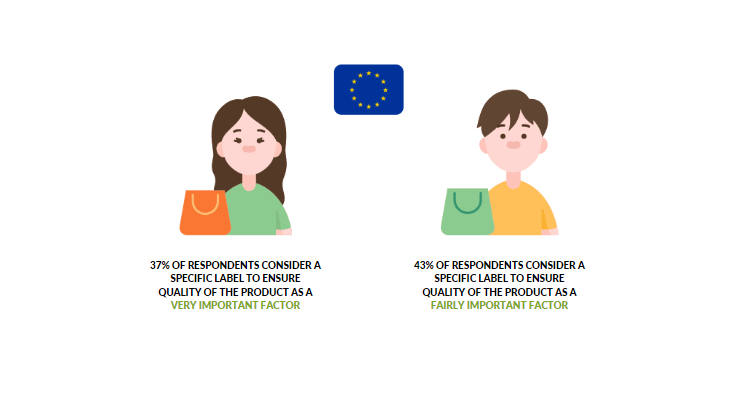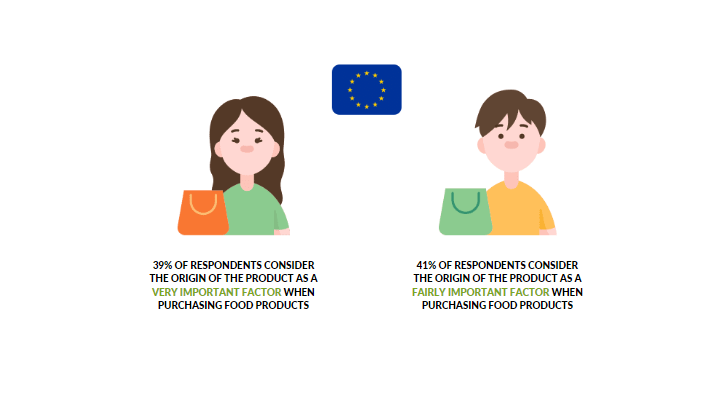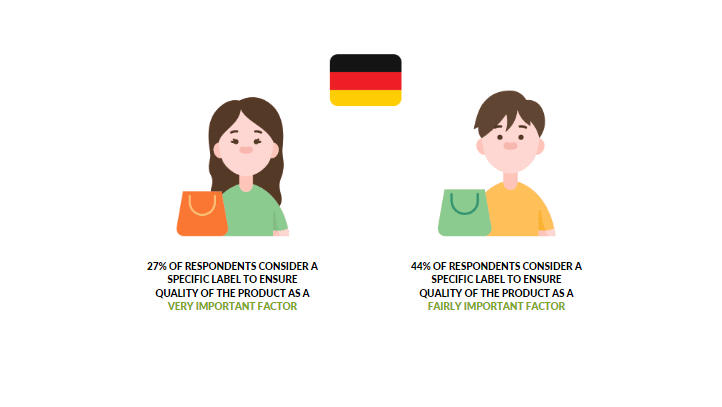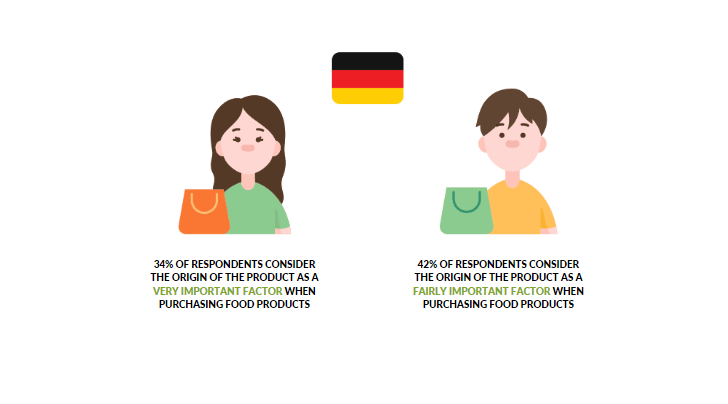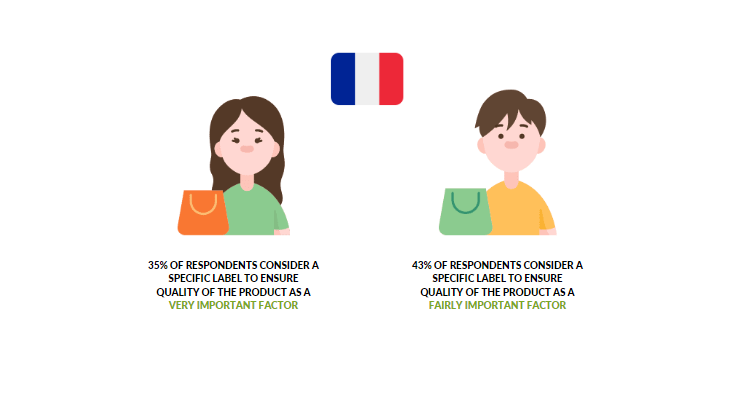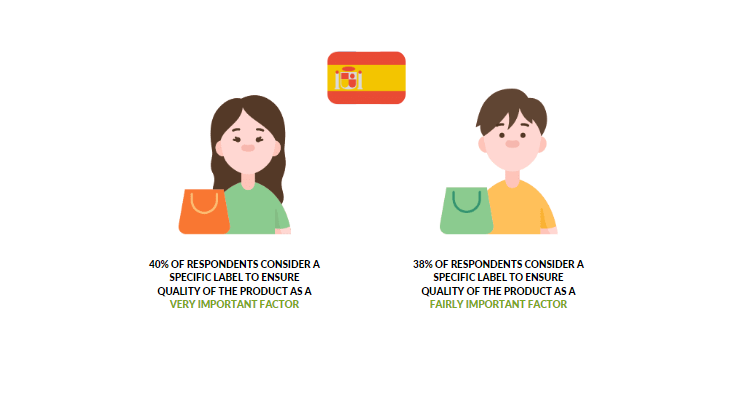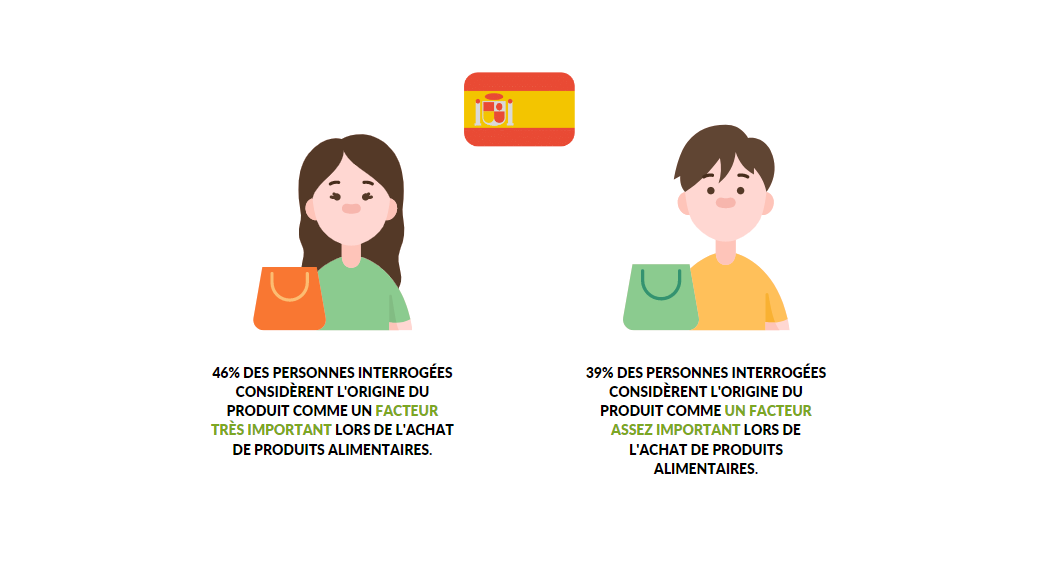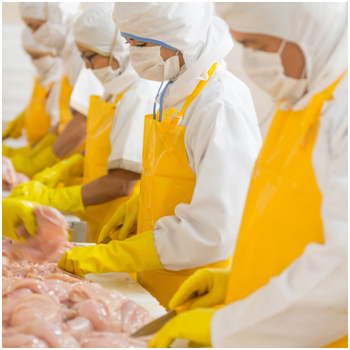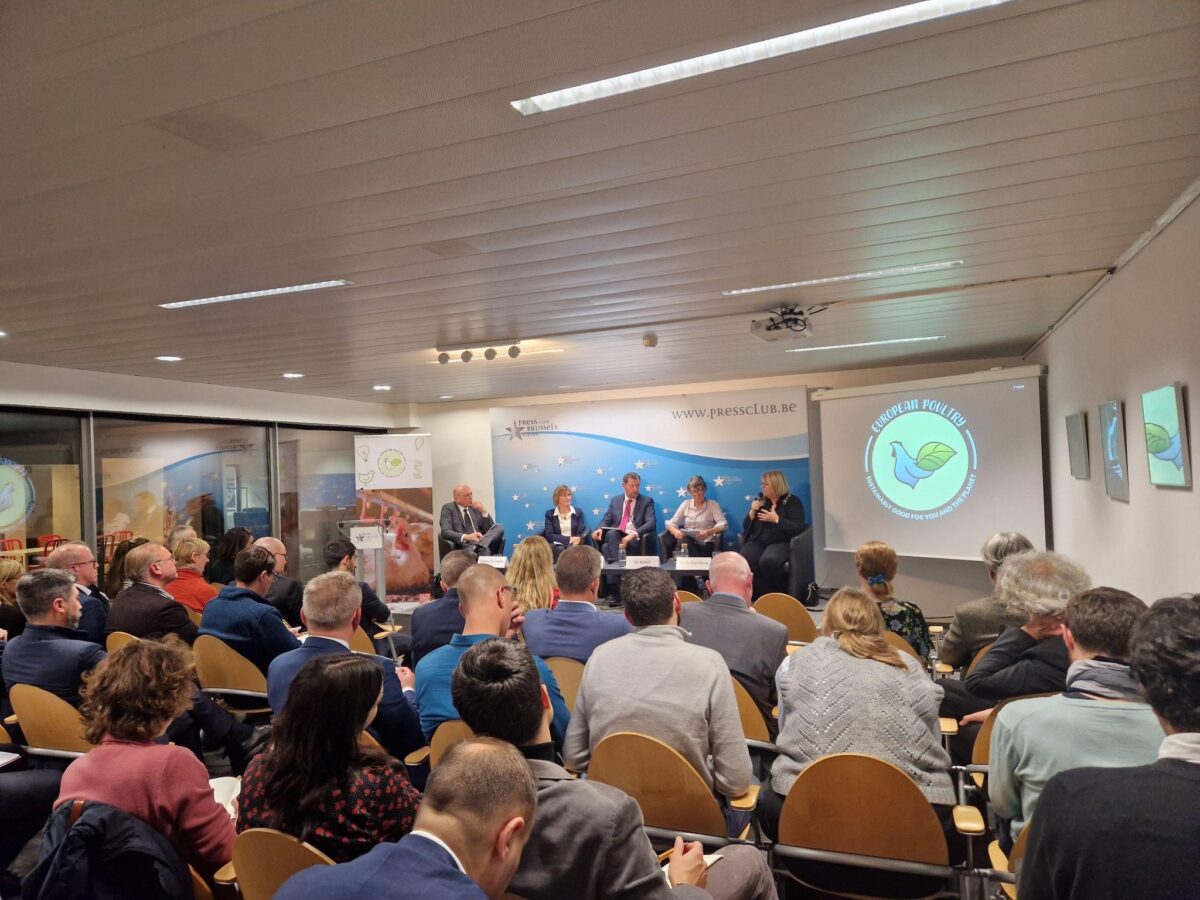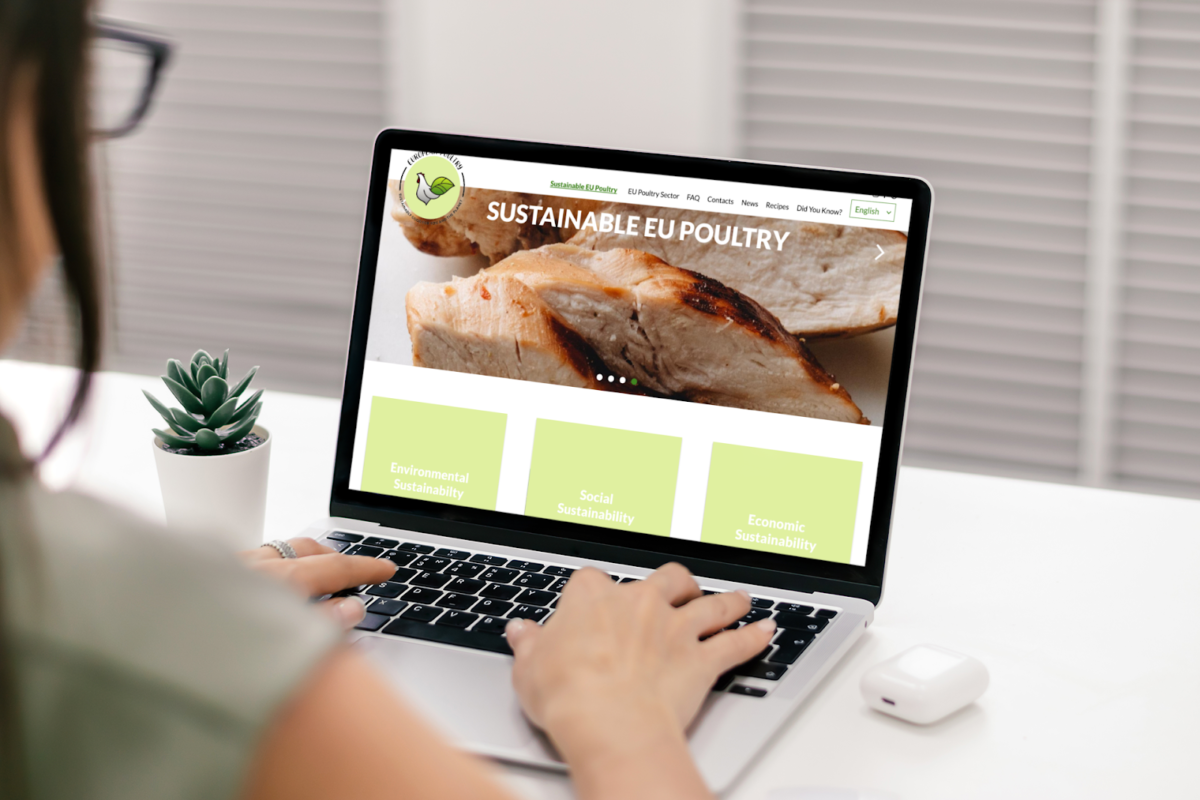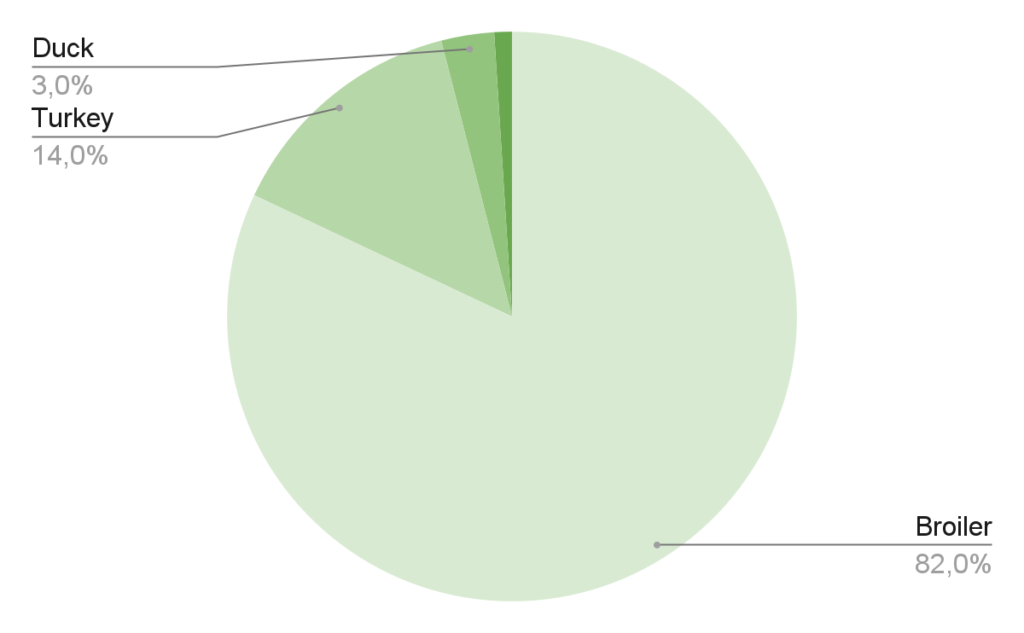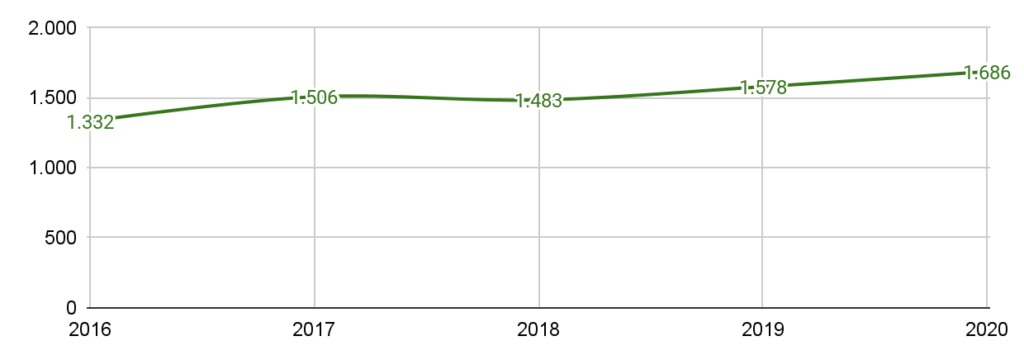We are aware of how delicious and nutritious a chicken breast recipe can be! However, there are so many other cuts of chicken that can make a delicious meal. Keep reading to find out your next chicken recipe![1]
The versatility of the chicken meat allows so many culinary techniques to try. This high-protein product allows roasting, grilling, baking, frying and other techniques to elaborate the most delicious of meals.
Upon reaching an internal temperature of 75ºC, chicken meat is correctly cooked. This applies regardless of cooking method, temperature, or kind of meat, including white meat like chicken breasts and wings and dark meat like drumsticks and thighs.
Keeping this in mind, there are six main edible parts of the chicken that are fit for the tastiest recipes:
- The entire chicken: In some cases, the whole bird is the best cut and a perfect way to prepare it is roasting the whole chicken. Salt and brush with olive oil all sides of the piece before putting it for roasting for 20 to 25 minutes at 220ºC. Roast for an additional 30-45 minutes at 200°C and let it rest 20 minutes before enjoying it!
- Chicken breast is one of the most common chicken cuts, known for its lean meat and high protein content. It is typically boneless and skinless, making it a popular choice for healthy meals. Chicken breasts can be grilled, baked, sautéed, or pan-fried and can be used in a variety of recipes, including salads, sandwiches, stir-fries, and pasta dishes.
- Chicken thighs are a more flavorful and tender cut than chicken breast. They have more fat and connective tissue, which makes them ideal for slow-cooking methods like braising or stewing. Chicken thighs are also perfect for grilling or pan-frying and can be used in recipes like curries, soups, and stews.
- Chicken wings are a popular appetizer and party food. They can be grilled, baked, or fried and are often served with a variety of sauces and dips. Chicken wings are also an excellent addition to soups and stews, providing extra flavor and texture.
- Chicken legs, also known as drumsticks, are a flavorful and inexpensive cut of chicken. They can be roasted, grilled, or fried and are often served with a variety of spices and sauces. Chicken legs are also an excellent addition to casseroles, soups, and stews.
- Chicken thighs with bones and skin are a flavorful and versatile cut of chicken. They are perfect for roasting, braising, or grilling, and the skin becomes crispy and golden. Chicken thighs with bones and skin are also ideal for adding flavor to soups and stews.
- Chicken fat: The fat that gathers on top of the stock can be utilized in a number of different ways. After heating it gently to remove all the water, filter it to get the best results. Using it, you can roast potatoes or root vegetables or create latkes. After two weeks in the refrigerator, freeze in an airtight container.
The compromise of the European Poultry sector with avoiding food waste is a big part of the social sustainability pillar. Taking advantage of all parts of the animal is essential to avoid food waste and thanks to the versatility of poultry meat, it can be done through delicious recipes.
Promotion programme to inform about the Sustainable European Poultry Sector
SUST EU POULTRY is a two-year promotion campaign supported by the European Commission and launched by three national poultry associations and their European umbrella association (from Germany, France and Spain) with the main goal of raising awareness among European consumers and professionals about the sustainability of the European poultry sector and a product of great quality.
————————————————————————————————-
Additional information
PRESS CONTACT Ana María Martín ATLAS MARKETING STUDIO internacional@atlasmarketingstudio.com | CONTACT AVEC Federica Chiarella AVEC SECRETARIAT sust@eu-poultry.eu |
The content of the present advertising solely represents the opinion of the author and is the exclusive responsibility of the same.
The European Commission assumes no responsibility for the use that may be made of the information contained therein.
[1] https://www.delish.com/uk/cooking/recipes/g30961649/chicken-cuts-best-recipes/
https://www.goodhousekeeping.com/food-recipes/cooking/g2775/best-chicken-cuts-for-recipes/


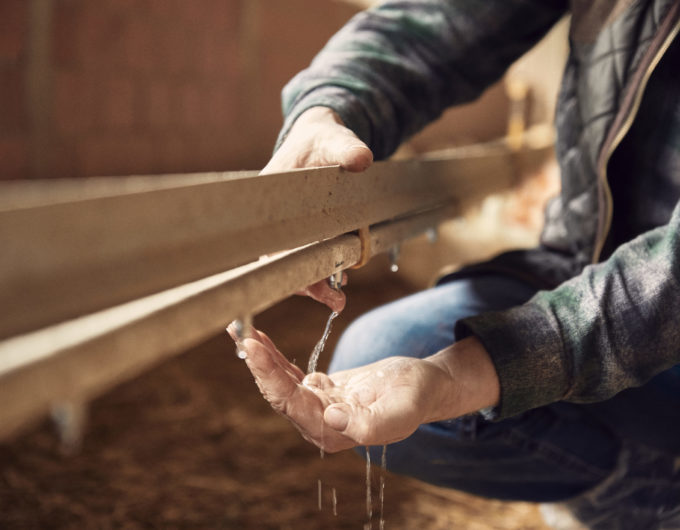
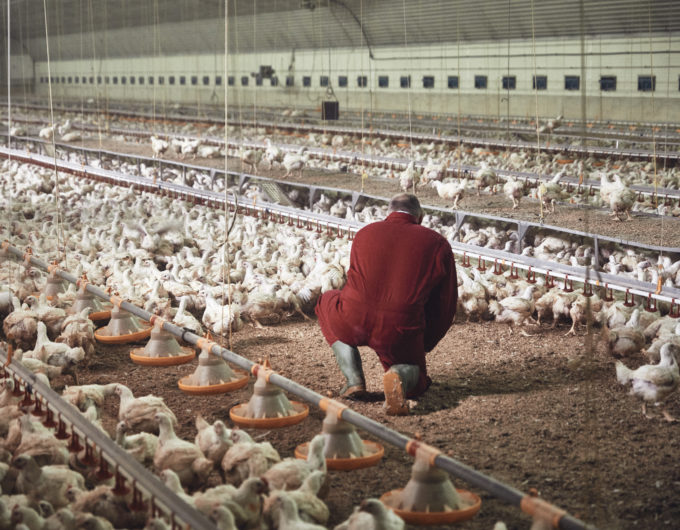


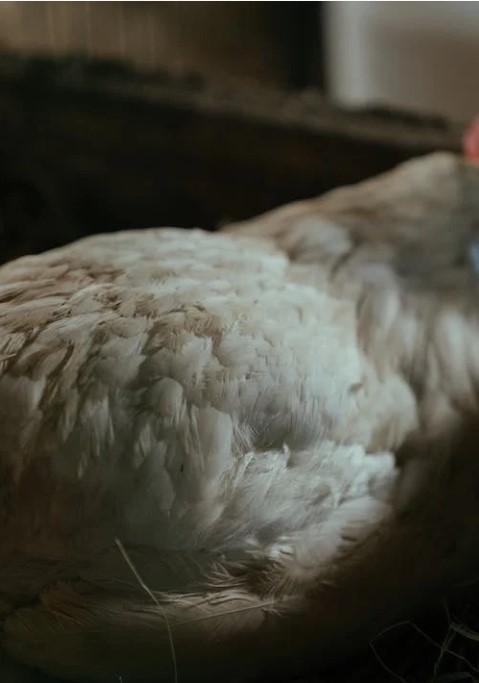 Around 68% of a chicken is detained for human consumption
Around 68% of a chicken is detained for human consumption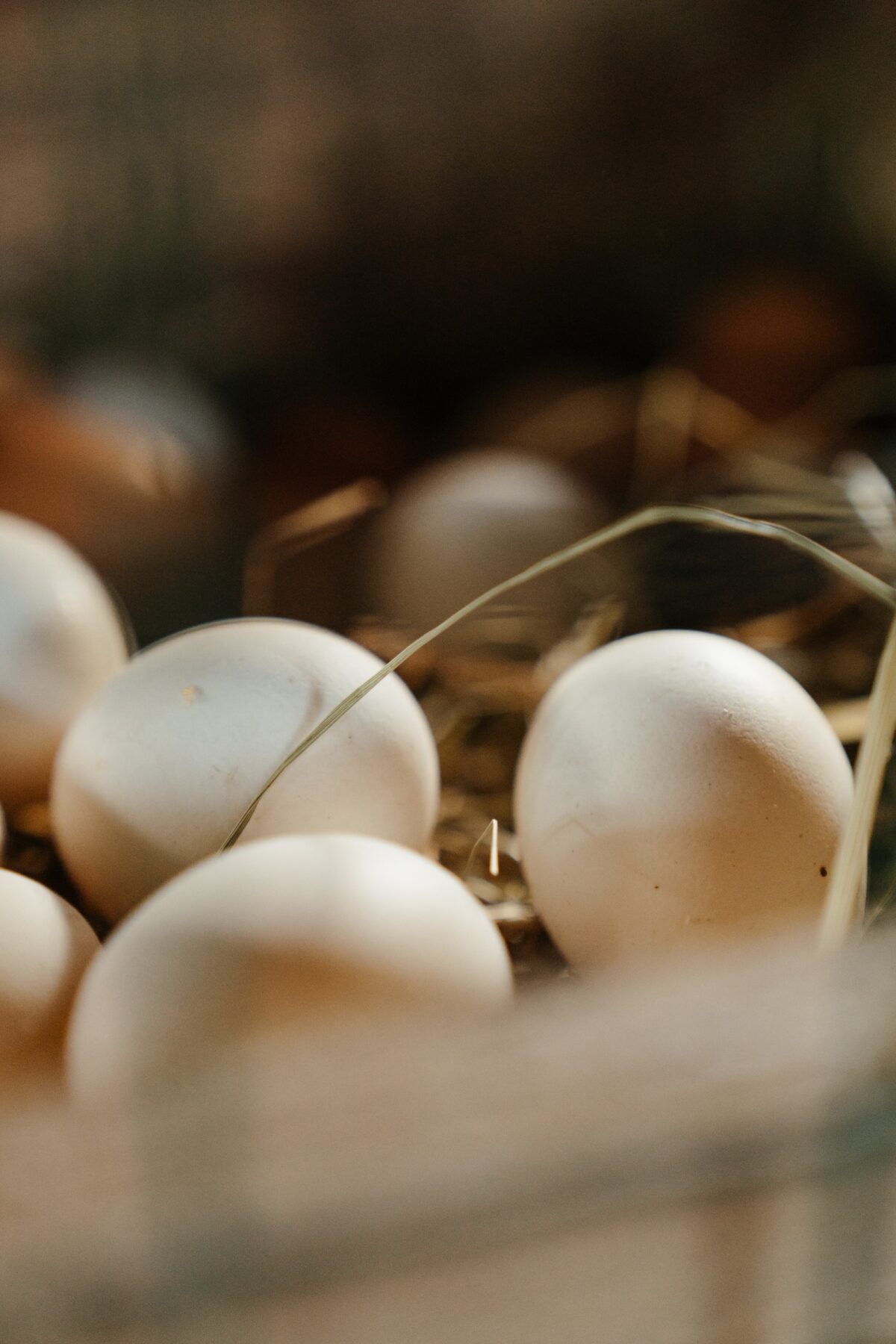
 As the first stage in the production chain, pedigree chicken groups are bred under strict hygiene conditions in specialised farms. To ensure the health and welfare of the animal and the quality of the later product, disease prevention controls and biosecurity are guaranteed through several aspects for health, welfare and egg productivity.
As the first stage in the production chain, pedigree chicken groups are bred under strict hygiene conditions in specialised farms. To ensure the health and welfare of the animal and the quality of the later product, disease prevention controls and biosecurity are guaranteed through several aspects for health, welfare and egg productivity.